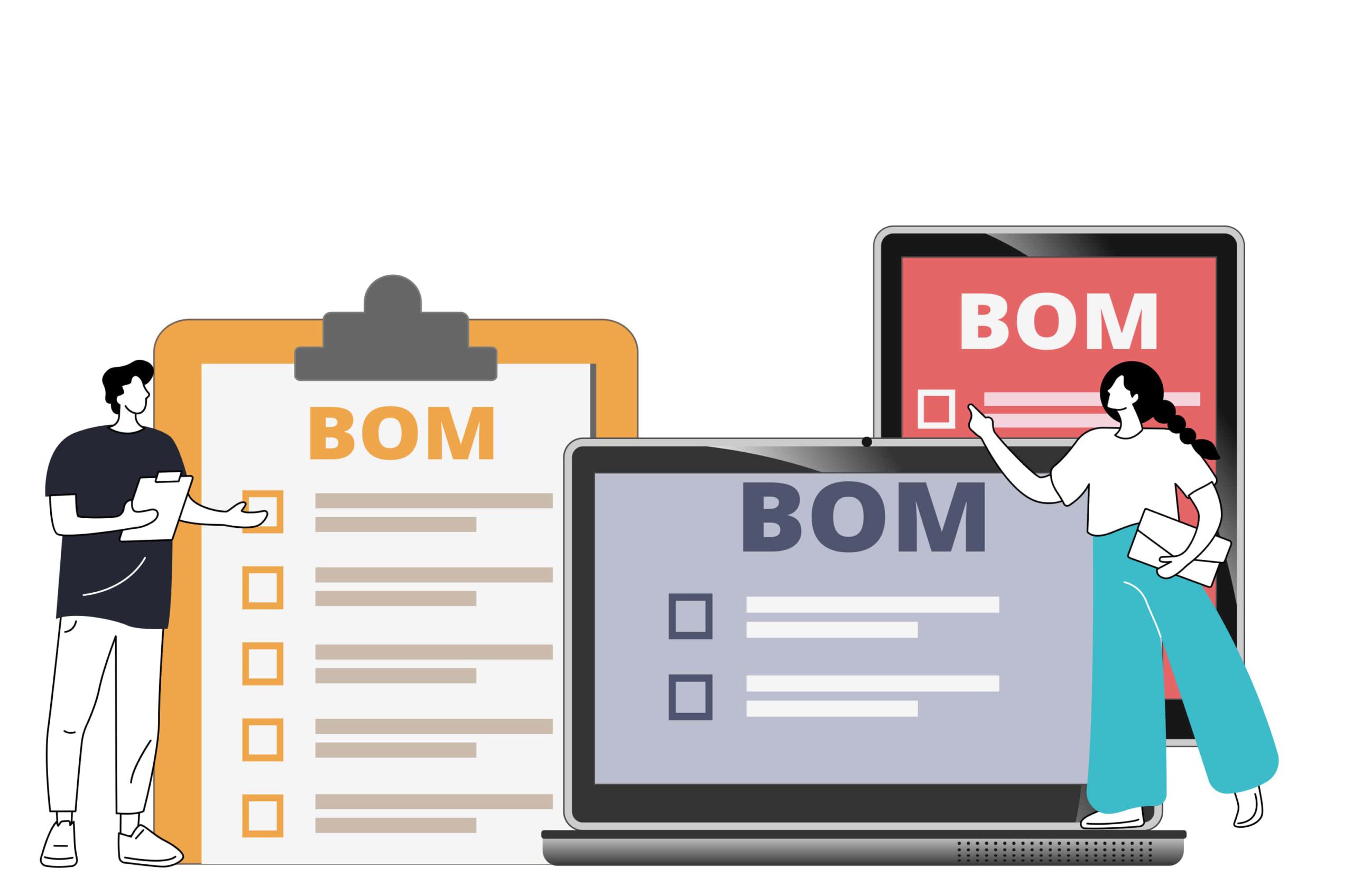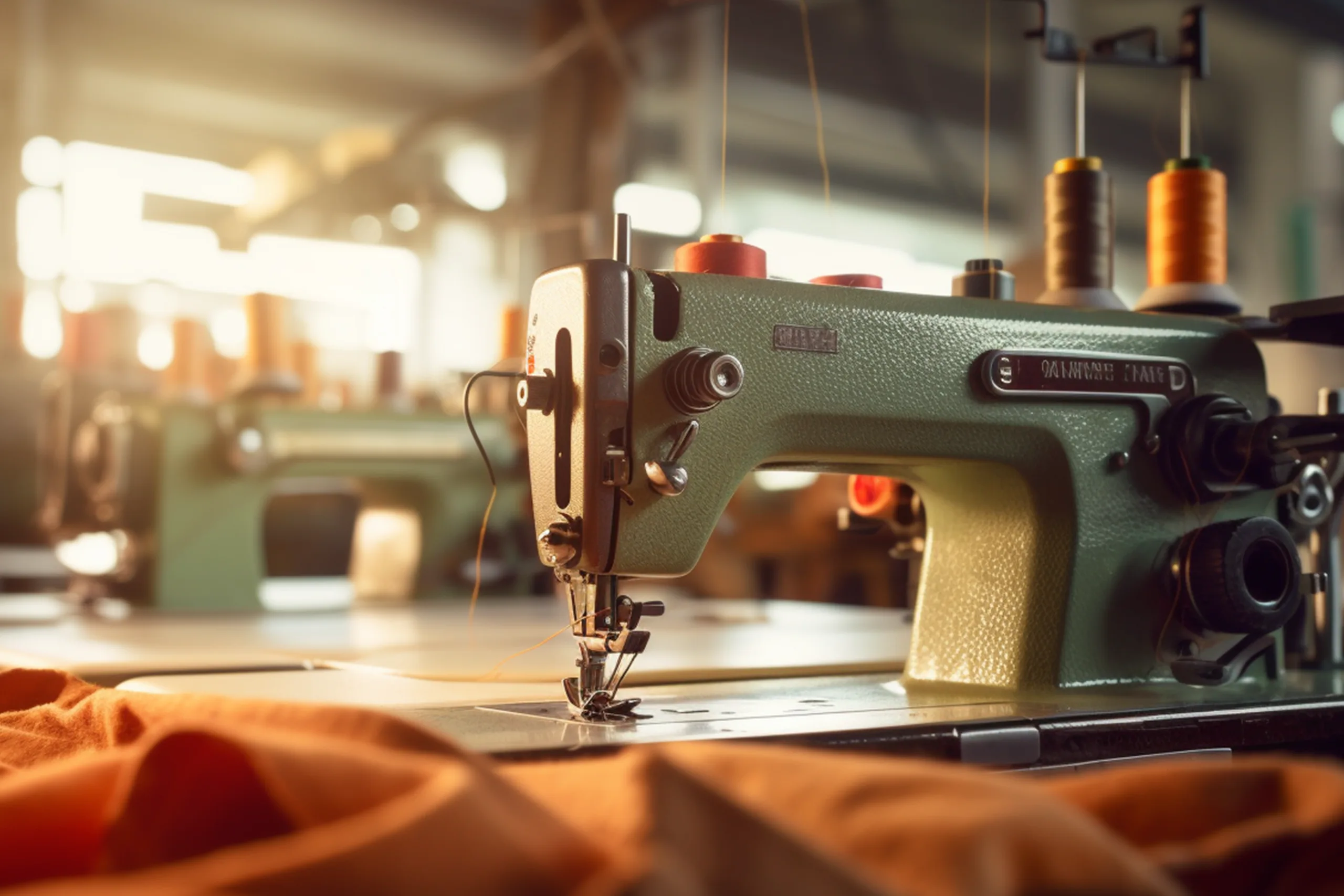The importance of Quality Control in garment manufacturing
-
Introduction
Garment manufacturing is a complex industry where thousands of pieces are manufactured every day. It is important that these garments are made with high quality standards and do not get damaged before they reach their buyers. This is why quality control processes and checkpoints plays a significant role in maintaining the standard of quality in garment manufacturing.
In this article, we’ll discuss the importance of quality control processes, the problems with low-quality garment manufacturing, and how you can prevent them.
-
What does quality control mean in garment manufacturing?
Quality control (QC) is the process of ensuring that a product meets the required standards. QC is a systematic approach to ensure that the final product meets all specifications, including quality, performance, appearance, size, and finish requirements.
Quality control includes visual inspections as well as manual or automated inspection equipment used for measuring and testing raw materials, in-process goods, and finished products in order to verify conformance with specified requirements.
Quality assurance in garment manufacturing allows you to minimize defects, improve productivity and efficiency, reduce costs and maximize customer satisfaction.
Quality control is performed at various stages of the garment production process. It is usually done by inspectors who check for defects and other issues at stipulated checkpoints before the garments go out for delivery. Inspectors look for things like cutting mistakes, color variations, stitching mistakes, holes in the fabric, faulty zippers, correct labeling, and much more.
-
The importance of quality control in apparel production
Quality control is a crucial component of any manufacturing process. Whether you’re making a t-shirt or an iPhone, quality control ensures that your product meets the specifications set out by the designer or buyer. Here are the biggest reasons why quality control is important in apparel production:
- Ensures that the garment is manufactured according to the specifications laid out in the tech pack.
- Makes sure that the garment is of the right size, color, shape, and quality.
- Helps reduce wastage and rejections due to incorrect measurements or materials used. This decreases costs significantly as you avoid producing more products than necessary.
- Helps get collections out on time by avoiding production delays due to errors.
- Allows you to deliver orders to customers well within the stipulated deadline.
- Empowers you to build stronger work relationships with buyers, leading to more business in the future.
In summary, quality control helps keep costs down by reducing rejections at every stage of production. Rejections mean wasted materials. For instance, wasted materials could mean extra costs down the line when rework has to be done by hand instead of being machine-sewn automatically like it should have been originally.
-
Methods used for garment quality control in the fashion industry
Quality control can be achieved by using a variety of methods. Below is a list of the most common methods used for quality control in the garment industry:
- INSPECTION: This is one of the most widely used methods for quality control in the apparel industry. In order to ensure that a product meets all standards set by a customer, it is inspected before being sent out for shipping. A sample of each unit is taken and inspected individually to make sure that all features conform to requirements set by the buyers.
- TESTING: Testing involves measuring physical properties such as thickness, weight, and width of materials; checking colors against color standards; determining whether seams are straight; testing zippers, etc., so as to ensure that they meet minimum quality standards required by customers. To test for defects, garments may be put through a range of tests like dyeing, washing, or even dropping them on the floor!
- SAMPLING: Sampling involves taking small samples from larger batches to test for defects before making large orders. This helps ensure that all batches are made correctly and consistently meet specifications when produced on a large scale.
- STATISTICAL PROCESS CONTROL (SPC): Quality assurance managers often use these techniques together with an inspection to ensure that products meet customer requirements throughout production processes from cutting fabric through sewing garments until they are packed and ready for shipment at each stage within this process.
- AUDITS: An audit is an inspection performed by an independent party (like a client) who examines records and documents related to production processes along with any other information relevant to assessing compliance with standards or regulations set by law.
-
The biggest quality-related problems in garment manufacturing
Unfortunately, garment manufacturing is fraught with the potential for quality control problems. In fact, it’s easier to list the issues that don’t cause QC issues than those that do!
Here are some of the most common quality-related problems in garment manufacturing:
- Sewing defects (stitching errors, fabric flaws, loose threads, etc.)
- Color defects or mismatches
- Print matching problems
- Wrong gradation of sizes, differences in measurement
- Poor quality of labeling (labels falling off)
- Garment defects such as faulty zipper, loose button, irregular hemming
-
How can you maintain quality standards in the garment industry?
As you can see, the garment industry, by its nature, has to deal with a lot of errors. In order to maintain quality standards, it is important that you have a sound Quality Control system in place. This can be done through the use of various methods:
- Train your workers – skilled workers are more aware of the importance of maintaining quality standards and following their work carefully. They also do not make any mistakes while using sewing machines as they are well-trained in using them and know what they should do after making a mistake.
- Using high quality materials – using good quality materials helps in producing high-quality garments that last longer than those made from cheaper materials which may fall apart easily. Only use quality materials which are tested for being safe for human health and compliant with environmental regulations.
- Keep your machinery in top shape – Ensure that all machinery used during manufacturing process is functioning well as per its specifications otherwise it will affect overall production output adversely leading towards low productivity & low yield levels causing increased rework cost burden on company.
- Invest in technology – Using factory optimization technology such an ERP system that can help you keep track of inventory levels and waste management processes. This helps prevent mistakes like running out of stock due to lackluster planning before starting production orders with customers!
-
Conclusion
There are many ways to produce a garment, but the quality of your end product always depends on how you manage your process. From choosing the right materials and suppliers to setting up the right production line and inspecting each piece before shipping, it’s important to understand your options before making any decisions. It’s also important that all members of staff involved in the production process are trained properly so they can work with minimal supervision while still maintaining high-quality standards.
Quality control is an essential part of the garment manufacturing process. Fortunately, there are multiple technology solutions which help manufacturers ensure quality control in their garment factories. You can use technology such cloud ERP or Smart Factory to streamline your operations, reduce costs, enhance supply chain transparency, and increase efficiency.
Software solutions which combine multiple functions into one package play an important role in managing large-scale production processes. They help factories track inventory, detect damage and errors during processing, reduce labor requirements and lower operational costs.
If you want to explore an all-in-one integrated cloud-based ERP system for your fashion factory, check out WFX ERP. Sign up for a free demo to learn how WFX can help your business!










